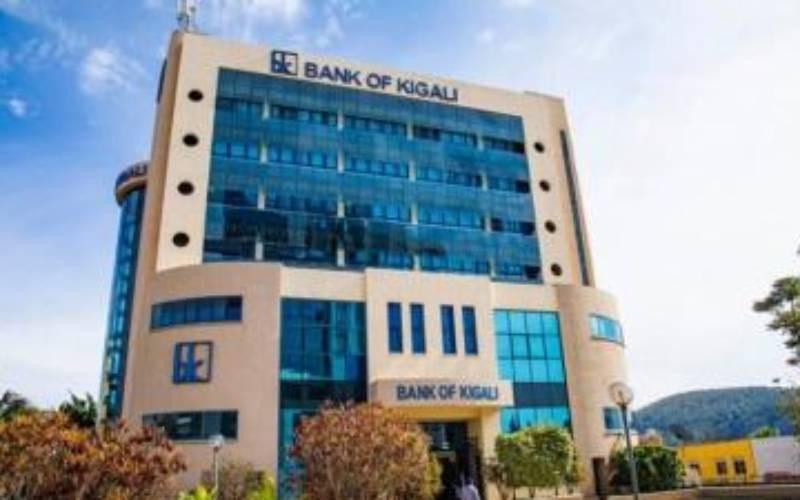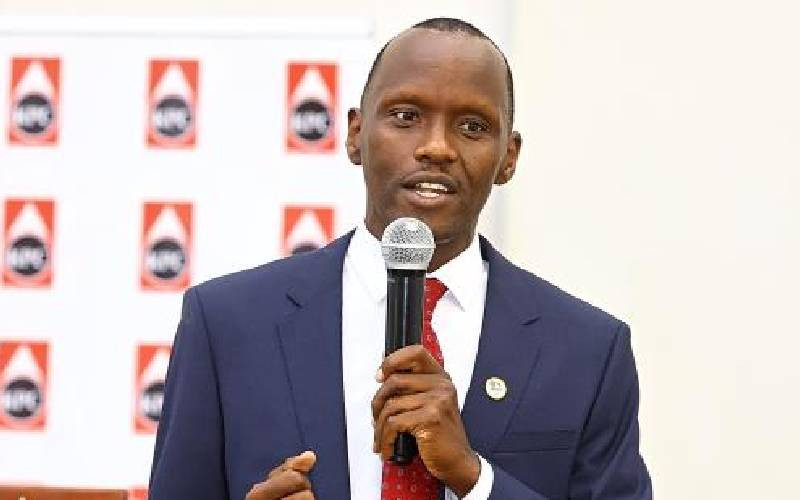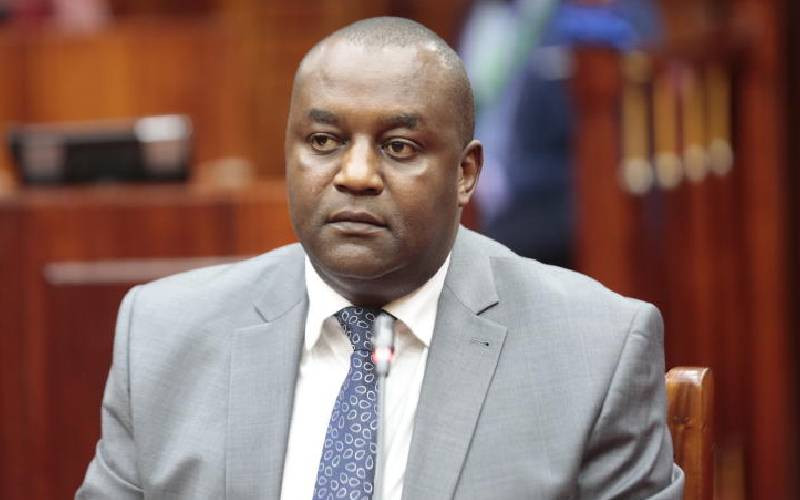
The Treasury yesterday continued to fight off the Eurobond ghosts with an explanation on date anomalies in its transaction documents with the Central Bank of Kenya (CBK).
It released a new set of documents to explain the differences in transaction dates, an anomaly exclusively pointed out by The Standard yesterday.
Treasury Permanent Secretary Kamau Thugge blamed technicalities for the conflicting dates, and denied that it had anything to do with an alleged cover-up.
In the documents that had been released by the Central Bank of Kenya (CBK) the previous day, there was a four-day date difference with the Treasury's date.
"The difference in dates relates to when the cheque was written and when it was actually acted upon by the CBK. We wrote the cheque on June 30 (2014) and that is how we recorded it on our end. But it was processed and cleared on July 3, as recorded by the Central Bank," Mr Thugge said in a telephone interview.
Incidentally, any transactions involving more than Sh1 million should be transmitted through the safer electronic option, according to banking regulations, but in this case, Treasury chose to do a cheque.
Thugge also provided a set of documents to back up Treasury's claims. The new documents are available on its website.
The discrepancies emerged on Wednesday when CBK came to Treasury's defence over claims of missing Eurobond cash. The dates when the CBK says it transferred the money to State coffers did not tally with those in an earlier Treasury document.
The importance of the dates is that the year the money is spent would determine the period to which the money would be accounted for.
The CBK account seemed to contradict part of an earlier account given by Treasury involving a transaction of Sh34.6 billion transferred to national coffers.
This latest anomaly relates to a date the CBK had cited - July 3, 2014 - as being the date the transaction was done, while Treasury gave June 30, 2014 as the date of the cash transfer.
What this date difference means is that instructions to the bank were issued in the 2013-14 fiscal year, but the money was released in the following financial year.
The Government financial year ends on June 30, and a new one begins the following day.
Thugge, who is also the chief accounting officer at Treasury, further explained that Sh171 billion from the Eurobond money was used for infrastructure projects.
Stay informed. Subscribe to our newsletter
"From the development projects done by the Government in 2014, at least two thirds of the money came from the Eurobond account. We had Sh271 billion for development and Sh171 billion was from the Eurobond funds," he said.
But Kenyans will have to wait until ministries submit their lists of how the money was spent.
Treasury's new set of documents to explain the controversial transactions also included correspondence with CBK on the net Government borrowing for 2013-14 and 2014-15, the period within which the Eurobond proceeds were received.
It provides a guide for when the money was received and withdrawn. There were a total of eight different transactions, among them deposits and withdrawals, before the entire account was exhausted.
 The Standard Group Plc is a
multi-media organization with investments in media platforms spanning newspaper
print operations, television, radio broadcasting, digital and online services. The
Standard Group is recognized as a leading multi-media house in Kenya with a key
influence in matters of national and international interest.
The Standard Group Plc is a
multi-media organization with investments in media platforms spanning newspaper
print operations, television, radio broadcasting, digital and online services. The
Standard Group is recognized as a leading multi-media house in Kenya with a key
influence in matters of national and international interest.
 The Standard Group Plc is a
multi-media organization with investments in media platforms spanning newspaper
print operations, television, radio broadcasting, digital and online services. The
Standard Group is recognized as a leading multi-media house in Kenya with a key
influence in matters of national and international interest.
The Standard Group Plc is a
multi-media organization with investments in media platforms spanning newspaper
print operations, television, radio broadcasting, digital and online services. The
Standard Group is recognized as a leading multi-media house in Kenya with a key
influence in matters of national and international interest.









